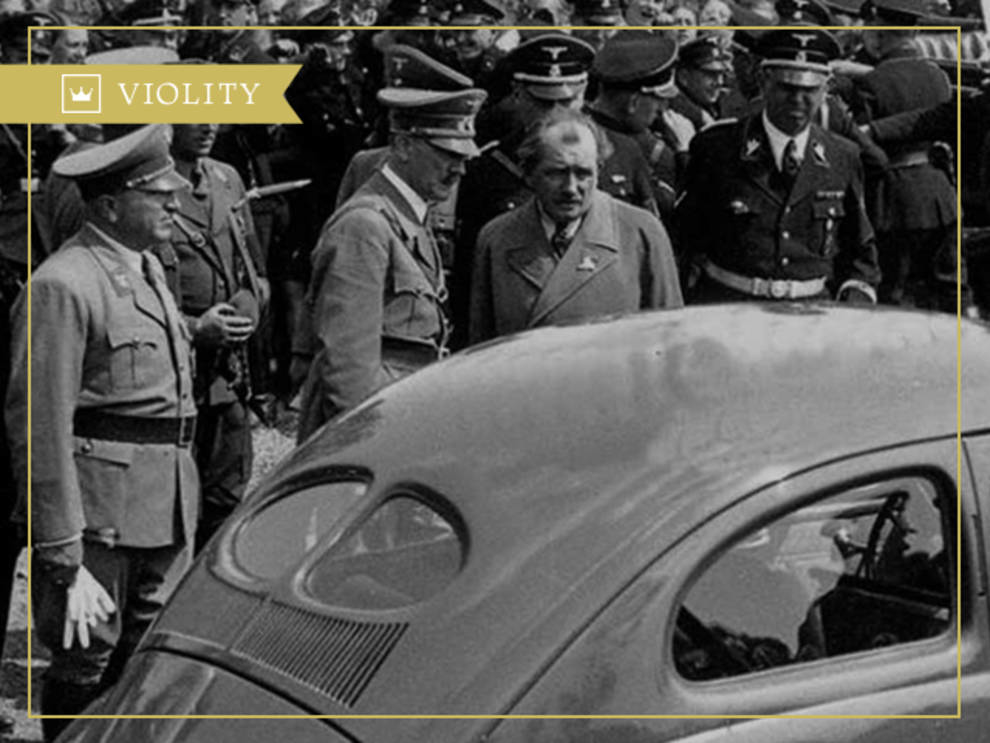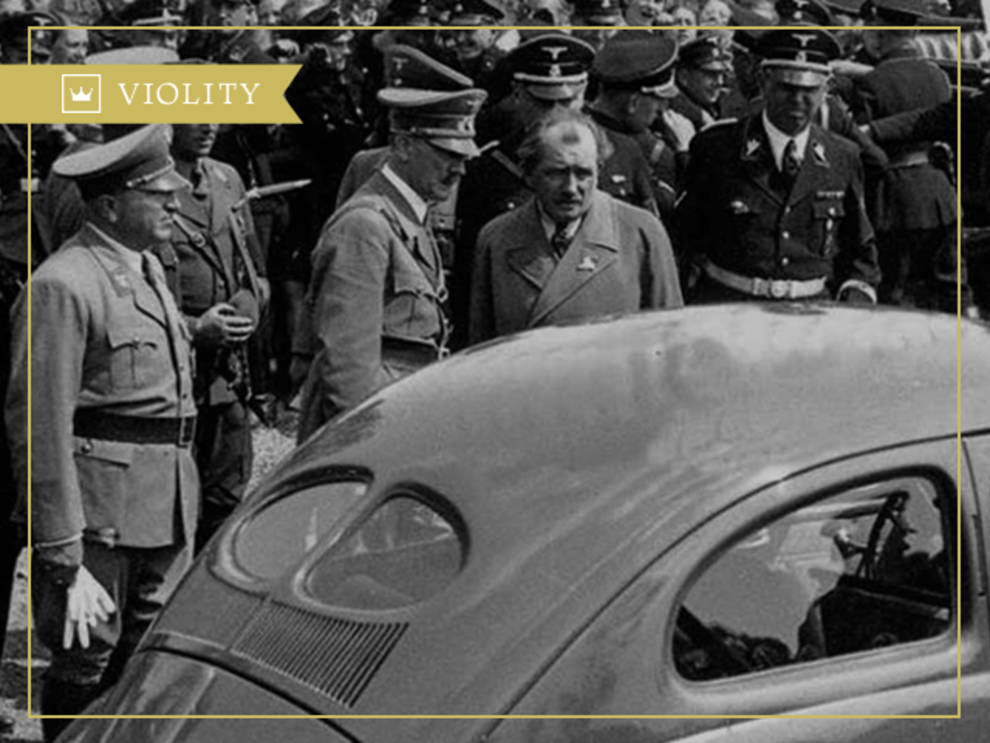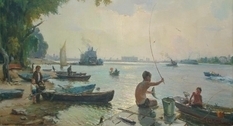
Economical, roomy and affordable: how was the people's car of Adolf Hitler?
In March 1934, at the opening of the International Automobile Exhibition in Berlin, Adolf Hitler called for the creation of a German car for the general population.
It had to be economical, accommodate four people, reach a speed of 100 km / h and, most importantly, be cheaper than 1,000 reichsmarks. This idea was suggested to Hitler by autocruiser Ferdinand Porsche, whom he met in 1933.
Most automakers did not see the opportunity to fulfill the tasks - the main obstacle was the upper bar of its cost.
Chancellor Hitler entrusted the financing of the Volkswagen project to the workers' union “German Labor Front”, which operated under the auspices of the National Socialist Workers Party of Germany.

According to the concept, the low price of Volkswagen should have been provided through long-term advance payments for the future car. For a sample of the future of the plant was taken then the modern enterprise River Rouge Ford Motor in Dearborn (Michigan).
The sparsely populated area in the center of the empire, halfway between Berlin and Hanover, was chosen as the site for production, which ensured proximity to steel mills in the Ruhr region.
Less than a year later, at the end of May 1938, construction began on a plant near the town of Fallersleben, which should produce only one car - the Porsche Type 60, called "KdF-Vagen" ("Kraft durch Freude" - "Strength through Joy"), which it was later renamed the "Volkswagen Type 1" and became world famous as the "Volkswagen Beetle".
Thanks to a system of financing acceptable to the average German family for 1938, 336,668 Germans invested about 110,000,000 Reichsmarks into this project. The first 30 KdF-Wagen, developed at the Porsche Design Bureau, were released in 1937 at the Daimler-Benz plant and, after improvement, before the end of 1938, they began to be produced at the plant in Fallersleben.
But due to the beginning of the Second World War, the KdV-Vagen conveyor production was not established. After the occupation of Germany, the plant produced cars for the British army and the needs of the Red Cross.
It had to be economical, accommodate four people, reach a speed of 100 km / h and, most importantly, be cheaper than 1,000 reichsmarks. This idea was suggested to Hitler by autocruiser Ferdinand Porsche, whom he met in 1933.
Most automakers did not see the opportunity to fulfill the tasks - the main obstacle was the upper bar of its cost.
Chancellor Hitler entrusted the financing of the Volkswagen project to the workers' union “German Labor Front”, which operated under the auspices of the National Socialist Workers Party of Germany.

Photo © jnsm.com.ua
According to the concept, the low price of Volkswagen should have been provided through long-term advance payments for the future car. For a sample of the future of the plant was taken then the modern enterprise River Rouge Ford Motor in Dearborn (Michigan).
The sparsely populated area in the center of the empire, halfway between Berlin and Hanover, was chosen as the site for production, which ensured proximity to steel mills in the Ruhr region.
Less than a year later, at the end of May 1938, construction began on a plant near the town of Fallersleben, which should produce only one car - the Porsche Type 60, called "KdF-Vagen" ("Kraft durch Freude" - "Strength through Joy"), which it was later renamed the "Volkswagen Type 1" and became world famous as the "Volkswagen Beetle".
Thanks to a system of financing acceptable to the average German family for 1938, 336,668 Germans invested about 110,000,000 Reichsmarks into this project. The first 30 KdF-Wagen, developed at the Porsche Design Bureau, were released in 1937 at the Daimler-Benz plant and, after improvement, before the end of 1938, they began to be produced at the plant in Fallersleben.
But due to the beginning of the Second World War, the KdV-Vagen conveyor production was not established. After the occupation of Germany, the plant produced cars for the British army and the needs of the Red Cross.


